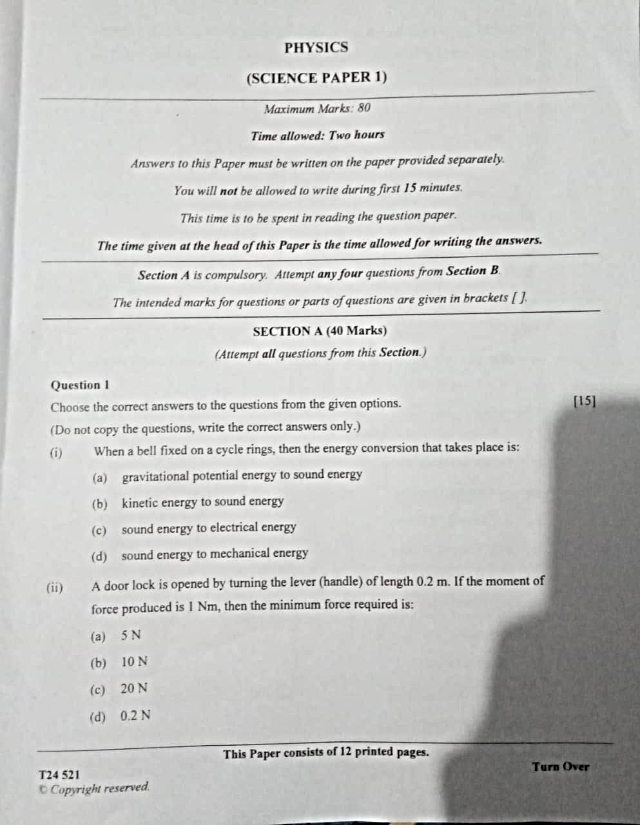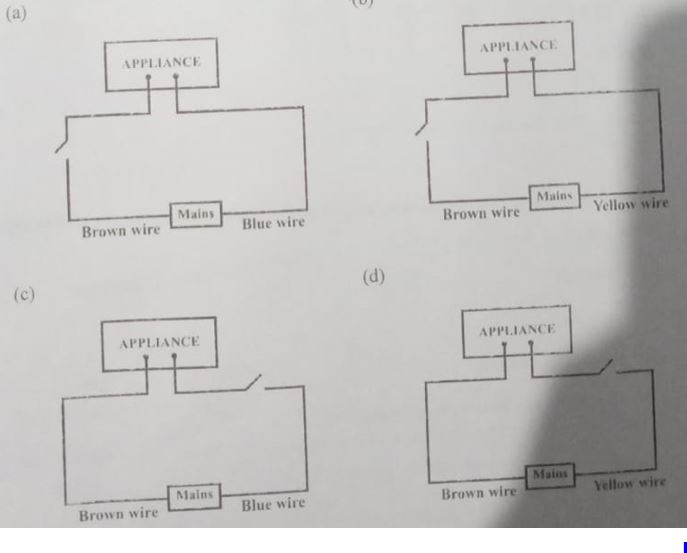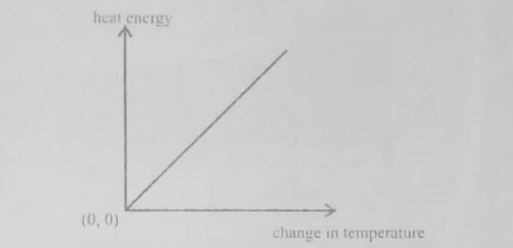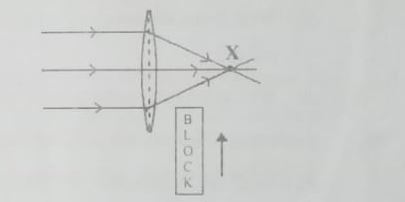ICSE Class 10 Physics Question Paper 2024: ICSE Class 10 students appeared for their Physics paper on 4th March as part of the ongoing CISCE Board Examination 2023-24. This was Science Paper 1, while Chemistry and Biology will be Papers 2 and 3 respectively. The ICSE Physics paper was scheduled from 11:00 AM to 1:00 PM. In this article, we have provided the ICSE Class 10 Physics question paper 2024 along with answers to all the questions. With the help of the ICSE Physics answer key, students can know the correct answers and verify if their responses presented in the exam today.
You can also check the link below to know the detailed analysis of the ICSE Class 10 Physics Exam 2024 including students’ reactions and experts’ opinions on the difficulty level of the exam.
| Exclusive! ICSE Class 10 Physics Paper Analysis 2024: Student Feedback & Difficulty Level |
ICSE Class 10 Physics Paper Pattern 2024
The paper pattern that was used in today’s ICSE 10th Science Paper 1 was in line with the latest ICSE Physics specimen paper.
1. The question paper was of 80 marks.
2. There were 9 questions divided into two sections:
- Section A - MCQs and Very Short Answer Type Questions (40 Marks)
- Section A - Short and Long Answer Type Questions (40 Marks)
3. All the questions in Section A were compulsory.
4. In Section B students were required to answer any four questions.
ICSE Class 10 Physics Question Paper 2024

Download the complete question paper from the link provided below:
ICSE Class 10 Physics Question Paper 2024 PDF |
ICSE Class 10 Physics Paper Answer Key 2024
SECTION A
Question 1
Choose the correct answers to the questions from the given options.
(i) When a bell fixed on a cycle rings, then the energy conversion that takes place is:
(a) gravitational potential energy to sound energy
(b) kinetic energy to sound energy
(c) sound energy to electrical energy
(d) sound energy to mechanical energy
Answer: (b) kinetic energy to sound energy
(ii) A door lock is opened by turning the lever (handle) of length 0.2 m. If the moment of force produced is 1 Nm, then the minimum force required is:
(a) 5 N
(b) 10 N
(c) 20 N
(d) 0.2 N
Answer: (a) 5 N; Formula used is: Force= Moment of Force/Length of Lever
(iii) A force "F" moves a load from A to C as shown in the figure below. For the calculation of the work done, which of these lengths would you use as the displacement?
(a) 3m
(b) 4m
(c) 5m
(d) 7m
Answer: (c) 5m; displacement in the direction of force is used.
(iv) A radioactive nucleus containing 128 nucleons emits a ß-particle. After ß-emission the number of nucleons present in the nucleus will be:
(a) 128
(b) 129
(c) 124
(d) 127
Answer: (a) 128; In β− decay, a neutron is transformed into a proton, and a beta particle is emitted. Therefore, the atomic number is increased by 1 but mass number, i.e., the number of nucleons (protons + neutrons) remains the same. So, radioactive nucleus contains 128 nucleons.
(v)Assertion (A): Ultraviolet radiations are scattered more as compared to the microwave radiations.
Reason (R): Wavelength of ultraviolet radiation is more than the wavelength of microwave radiation.
(a) Both A and R are true.
(b) A is true but R is false.
(c) A is false but R is true.
(d) Both A and R are false.
Answer: (b) A is true but R is false.
Explanation: Ultraviolet radiations are scattered more because their wavelengths are shorter than microwave radiations.
(vi)When the stem of vibrating tuning fork is pressed on a table, the tabletop starts vibrating. These vibrations are definitely an example of:
(a) resonance
(b) natural vibrations
(c) forced vibrations
(d) damped vibrations
Answer: (c) forced vibrations
(vii) Which of the following is a class III lever?
(a) Pair of scissors
(b) Wheelbarrow
(c) Crowbar
(d) Human forearm
Answer: (d) Human forearm; In a class III lever, the effort is applied between the fulcrum and the load.
(viii) The specific resistance of a conductor depends on its:
(a) length
(b) material
(c) area of cross section
(d) radius
Answer: (b) material
(ix) Identify the option that displays the correct wiring with correct colour code:
Answer:
(x) The potential difference between terminals of a cell in a closed electric circuit is:
(a) terminal voltage
(b) electro motive force
(c) voltage drop
(d) none of these
Answer: (b) electro motive force
(xi) During melting of ice at 0°C the:
(a) energy is released and temperature remains constant.
(b) energy is absorbed and temperature remains constant.
(c) energy is released and temperature decreases.
(d) energy is absorbed and temperature increases.
Answer: (b) energy is absorbed and temperature remains constant.
(x) Linear magnification (m) produced by a concave lens is:
(a) m <1
(b) m > 1
(c) m = 1
(d) m = 2
Answer: (a) m <1
(xi)A radioactive element is placed in an evacuated chamber. Then the rate of radioactive decay will:
(a) Decrease
(b) Increase
(c) Remain unchanged
(d) Depend on the surrounding temperature
Answer: (c) Remain unchanged; the rate of radioactive decay of an element is determined by the properties of the nucleus of the atom, not by external factors.
(xiv) The graph given below shows heat energy supplied against change in temperature when no energy is lost to the surrounding. The slope of this graph will give:
(a) Specific heat capacity
(b) Latent heat of fusion
(c) Latent heat of vaporization
(d) Heat capacity
Answer: (a) Specific heat capacity; Specific heat capacity is a measure of the amount of heat energy required to raise the temperature of a unit mass of a substance by one degree Celsius.
(xv) A block of glass is pushed into the path of the light as shown below. Then the converging point X will:
(a) Move away from the slab
(b) Move towards the slab
(c) Not shift
(d) Move towards the left side of the lens
Answer: (a) Move away from the slab;
The light passing through glass will bend towards the normal and after coming out in the air, the light will converge out at a point away from the glass slab.

Question 2
(i) (a) In the following atoms, which one is a radioisotope? Give one use of this isotope.
O16, C14, N14, He4
Answer: Here C14 is a radioisotope.
One use of Carbon-14 is in radiocarbon dating which is a scientific method used to determine the age of organic materials, such as fossils or archaeological artifacts.
(b) Name the class of the lever shown in the picture below:
Answer: A bottle opener as shown in the picture is an example of a second class lever.
(ii) Fill in the blanks:
(a) When a stone tied to a string is rotated in a horizontal plane, the tension in the string provides ___________ force necessary for circular motion.
(b) Work done by this force at any instant is ____________.
Answer:
(i) centripetal force
(ii) zero.
Also Check:





Comments
All Comments (0)
Join the conversation